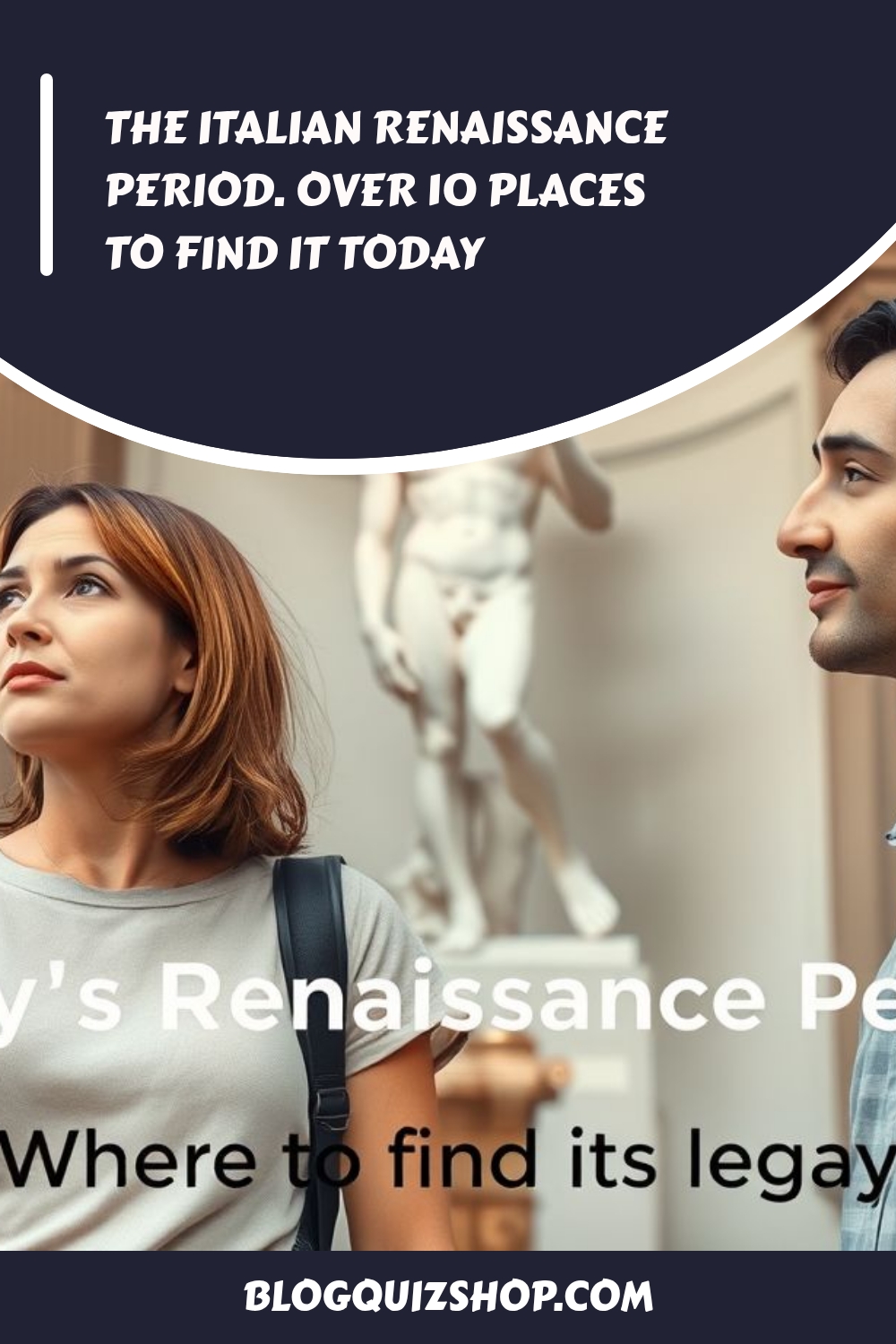Many people love exploring history, especially the Renaissance Period when art and innovation changed the world. A common question is, “Where can we see the marks left by great periods like the Italian Renaissance Period today?” The Italian Renaissance was a time of great thinkers like Leonardo da Vinci and Michelangelo.
“They helped to shape our culture”
The Renaissance Period stretched from about 1340 to about 1600. It gave us stunning works of art and new ways of thinking that still impact us today. In our article, we’ll show you where in Italy this legacy lives on.
From Florence’s masterpieces to Rome’s majestic buildings, we map out your journey into the past. Ready? Let’s explore together!
Key Takeaways
- Italy’s Renaissance Period, from around 1340 to 1600, showcases art and innovation that impact us still. Cities like Florence and Rome hold this era’s treasures.
- Influential figures like Leonardo da Vinci brought revolutionary ideas in art, science, and more. The Medici family funded many artists, enriching the cultural landscape.
- Key sites include the Sistine Chapel in Rome for Michelangelo’s work and Florence’s Cathedral of Santa Maria del Fiore with Brunelleschi’s dome. These icons represent the height of Renaissance achievement.
- Museums across Italy protect the legacy of the Renaissance. The Uffizi Gallery in Florence and Vatican Museums in Rome house world-renowned collections.
- Restoration efforts keep historic cities like Venice safe while allowing future generations to appreciate Italy’s rich Renaissance heritage.
Overview of the Italian Renaissance Period
The Italian Renaissance Period, spanning from approximately 1350 to 1600, was a pivotal cultural and artistic movement that marked the transition from the Middle Ages to modernity. It is characterized by a revival of classical Greek and Roman knowledge, leading to significant advancements in art, architecture, literature, philosophy, and science.
Key Features and Causes
- Geographical and Economic Factors: Italy’s strategic location in the Mediterranean facilitated extensive trade with Europe, Asia, and Africa, accumulating wealth and exposing the region to diverse cultural influences.
- Humanism: Francesco Petrarch is often credited as the founder of humanism, emphasizing the study of ancient texts and the potential of human beings.
- City-States: Florence, Venice, Rome, and Milan were central to the Renaissance, with powerful families like the Medici supporting artistic and intellectual endeavors.
- Artistic Innovations: Artists such as Leonardo da Vinci and Michelangelo revolutionized art with works like the Mona Lisa and the Sistine Chapel’s ceiling.
Architectural Achievements
Italian Renaissance architecture is renowned for its harmonious proportions and classical elements. Notable works include:
- Filippo Brunelleschi’s Dome of Florence Cathedral: A masterpiece of engineering and design.
- Leon Battista Alberti’s Palazzo Rucellai: Demonstrates the use of classical orders in architecture.
- Donato Bramante’s St. Peter’s Basilica: A central project of the High Renaissance, showcasing grand domes and classical influence.
Impact and Legacy
The Italian Renaissance Period had a profound impact on European culture, laying the groundwork for the Scientific Revolution and the Enlightenment. Its artistic and intellectual achievements continue to inspire and influence contemporary society.
Timeline
- 1350-1600: The Italian Renaissance period.
- 1450-1550: The High Renaissance, marked by significant artistic and architectural achievements.
- 1527: The sack of Rome, often considered the end of the High Renaissance.
- 1600: The end of the Renaissance period.
Key Figures
- Francesco Petrarch: Known as the Father of Humanism.
- Leonardo da Vinci: Polymath and renowned artist.
- Michelangelo: Sculptor, painter, and architect.
- Medici Family: Powerful patrons of the arts in Florence.
What were the main causes of the Italian Renaissance Period?
The Italian Renaissance Period was a complex cultural and artistic movement with multiple causes. Here are the main factors that contributed to its emergence:
Main Causes of the Italian Renaissance Period
Wealth and Prosperity:
Trade and Commerce: Italian city-states like Florence, Venice, and Rome were major centers of trade, accumulating wealth from extensive commerce with Europe, Asia, and Africa.
Merchant Class: The wealthy merchant class in Italy, particularly families like the Medici, patronized the arts, fostering a cultural revival.
Classical Heritage:
Roman Legacy: Italy’s proximity to Roman ruins and artifacts inspired a revival of classical ideals and learning.
Greek Influence: The fall of Constantinople in 1453 led to an influx of Greek scholars, bringing classical texts and stimulating humanism.
Political Environment:
City-State Independence: Italian city-states were politically independent, allowing them to pursue cultural interests without external interference.
Wars and Conflicts: Conflicts like the wars between Florence and Milan contributed to the emergence of republican ideologies that influenced the Renaissance.
The Black Death:
Demographic Shifts: The plague led to a significant reduction in population, increasing the value of labor and allowing workers to demand higher wages, which in turn freed up wealth for artistic patronage.
Church Patronage:
Vatican Influence: The Catholic Church, particularly in Rome, was a powerful patron of the arts, commissioning works that aligned with humanist ideals.
Technological and Intellectual Advancements:
Printing Press: The invention of the printing press facilitated the spread of classical texts and new ideas across Europe.
Humanism: A philosophical movement emphasizing human potential and classical learning, which became central to the Renaissance.
Key Cities of the Italian Renaissance
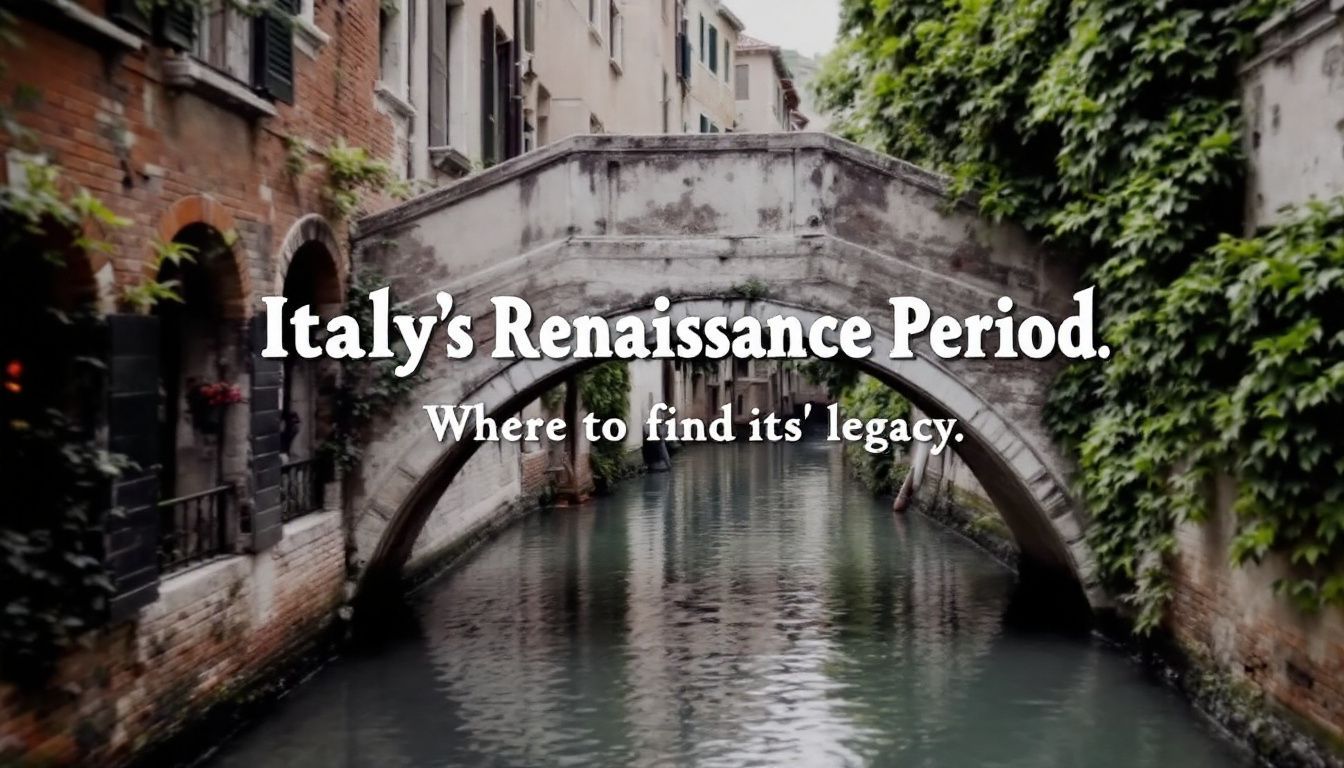
The Italian Renaissance Period was a time of great cultural change and achievement, with several cities at its heart. Each city played a key role, from Florence’s artistic innovations to Venice’s bustling trade, shaping the period that still impacts art and philosophy today.
Florence: Cradle of the Renaissance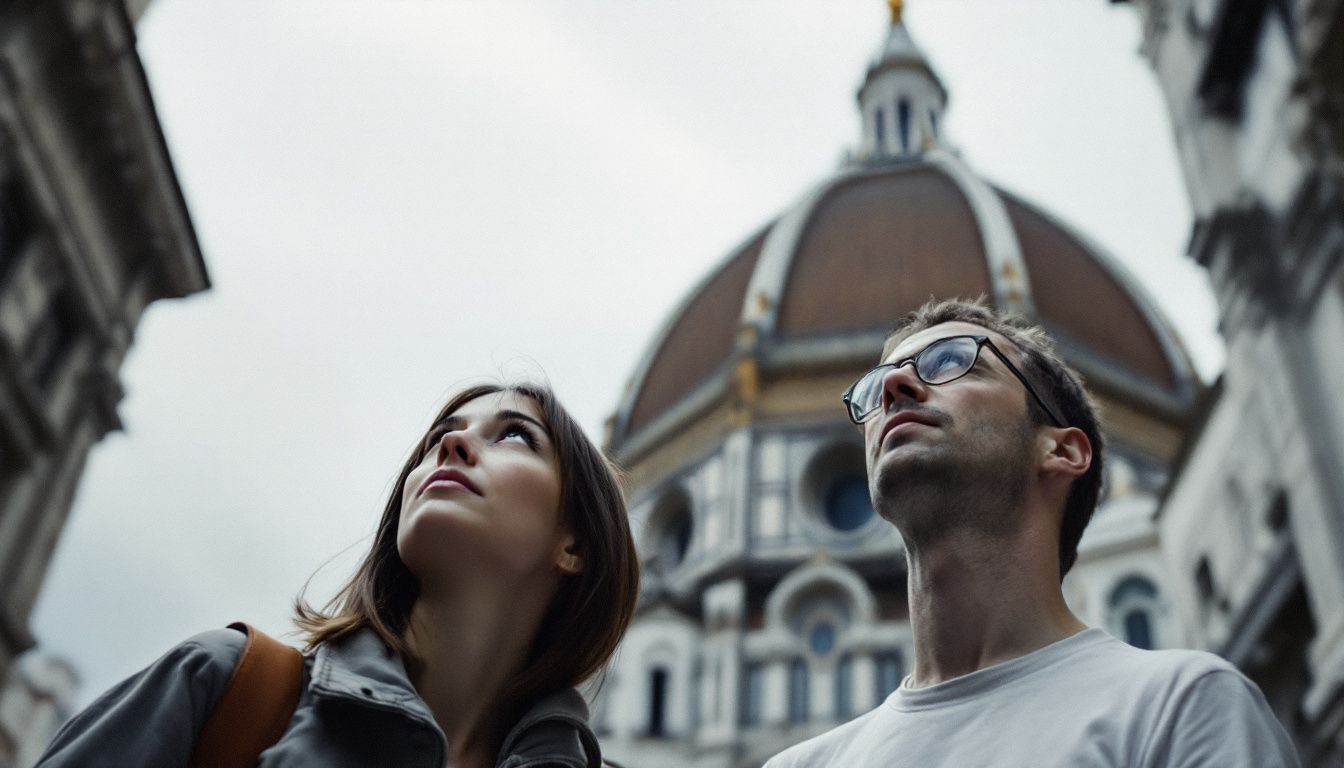
Florence played a central role in sparking the Italian Renaissance, starting as an independent republic. Its wealth from banking and commerce set the stage for a cultural rebirth. Artists and thinkers found support here like nowhere else.
The city’s backing led to unprecedented achievements in many fields, from painting to architecture, and literature to science.
This city wasn’t just the birthplace of stunning works; it was where crucial figures such as Filippo Brunelleschi and Donatello made their mark. Brunelleschi’s dome on the Cathedral of Santa Maria del Fiore remains one of history’s architectural marvels, showcasing new techniques that defined the era’s bold advancements.
Meanwhile, Donatello pushed boundaries in sculpture, breathing life into bronze and marble with his realistic statues.
“Florence’s streets are a gallery of the Renaissance’s greatest hits”
Here also thrived Leonardo da Vinci who began his career within its vibrant artistic community before creating masterpieces known worldwide today. Powerful families like the Medicis funded these talents, making Florence not just a commercial powerhouse but also an art capital that influenced Europe deeply.
Rome: Renaissance Art and the Vatican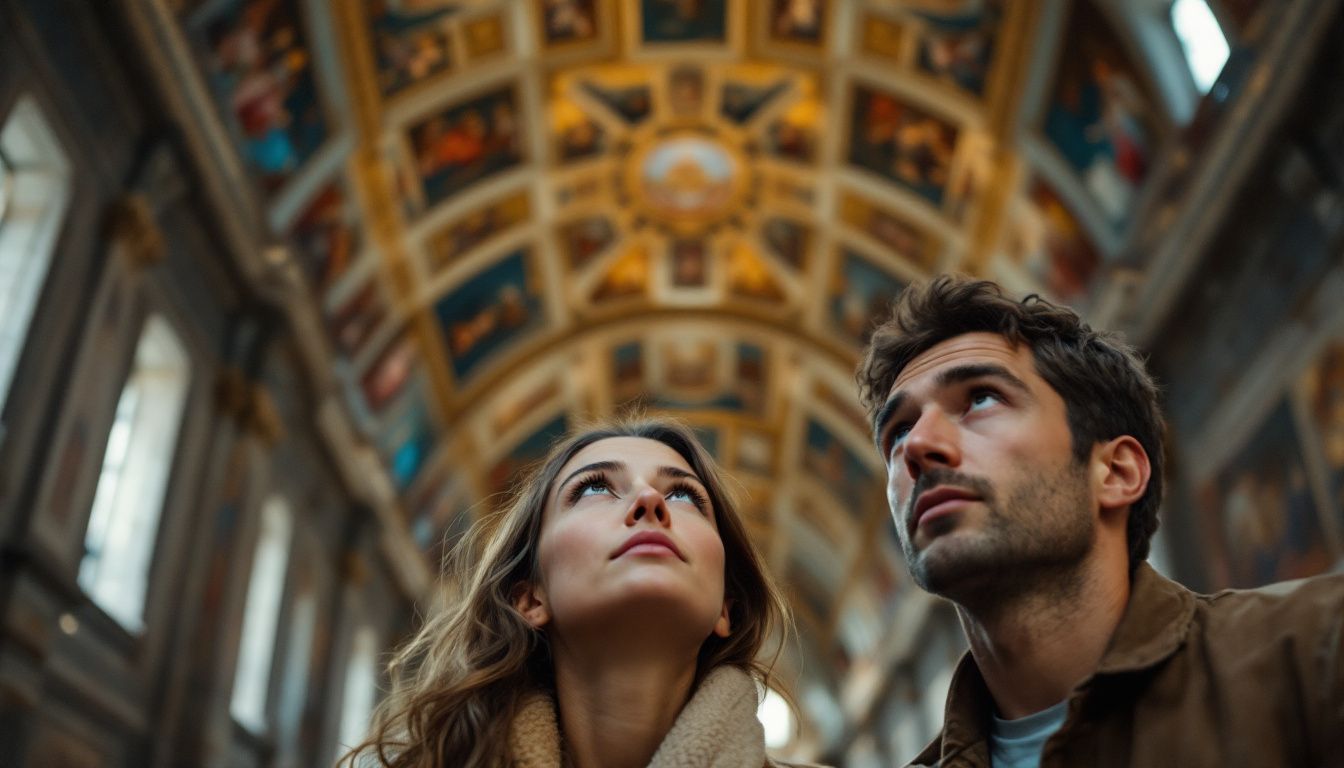
Rome played a crucial role in the Italian Renaissance Period. The Vatican became a center for art and culture during this vibrant period. Artists sought inspiration from the ruins of ancient Rome.
They wanted to revive classical ideals that shaped their work.
The city’s religious art moved hearts and minds. Michelangelo’s ceiling of the Sistine Chapel stands as one of his masterpieces. This breathtaking artwork illustrates biblical scenes with stunning detail and emotion.
Many visitors flock to see it each year, drawn by its beauty.
Raphael also left an indelible mark on Renaissance art in Rome. His frescoes decorate the Vatican Museums, showcasing his talent and mastery of perspective. These works highlight the depth of human experience, further enriching Rome’s cultural legacy.
Next, we will explore Renaissance art and architecture across other key cities in Italy.
Venice: Commerce and Renaissance Influence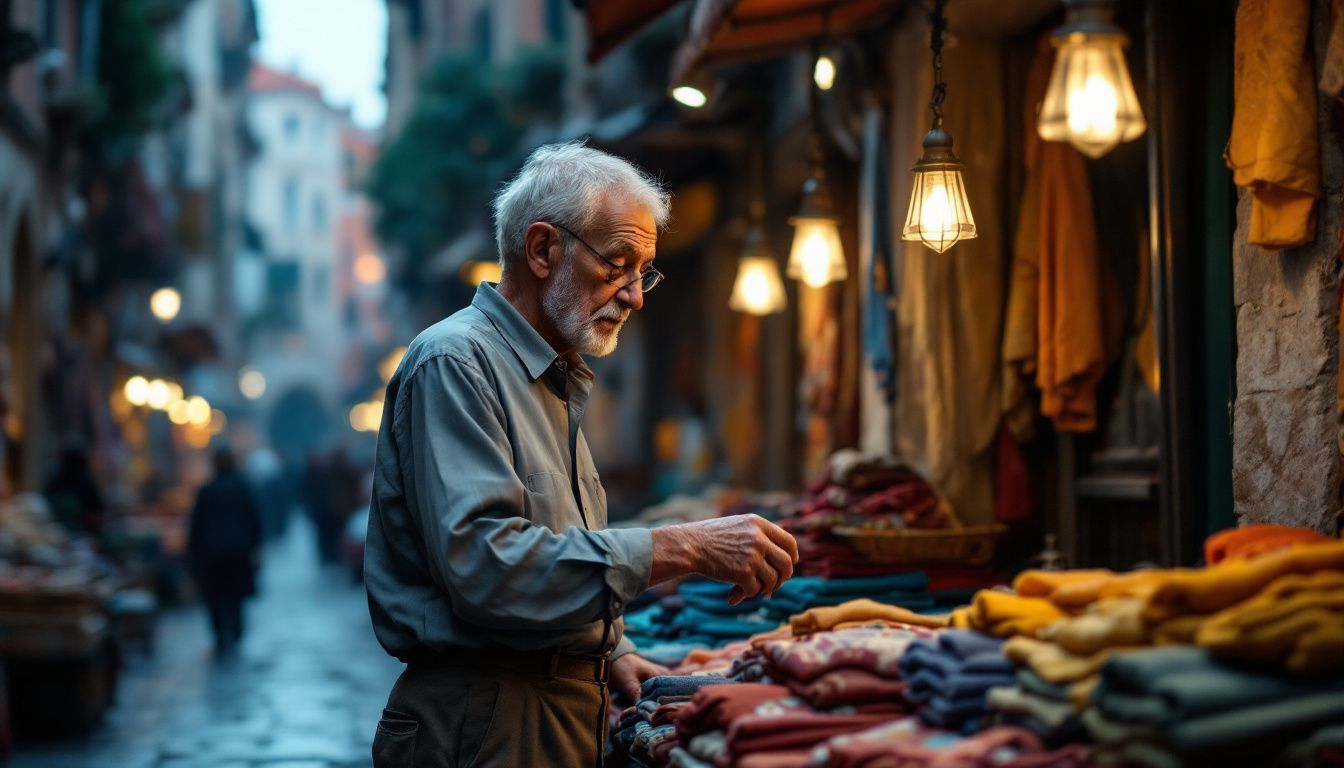
Venice played a crucial role in the Italian Renaissance Period. As a major trade hub, the city attracted merchants and artists from different regions. Its wealth supported many famous painters and sculptors, encouraging them to explore innovative styles.
The bustling commerce of Venice helped spread Renaissance ideas across Europe.
Architectural marvels like St. Mark’s Basilica showcase the unique blend of Gothic and Byzantine influences present during this period. Renowned artists such as Titian flourished in Venice, creating masterpieces that captured both beauty and emotion.
This vibrant cultural atmosphere solidified Venice’s influence on art and society during the Renaissance era.
Milan: Leonardo da Vinci’s Legacy
Milan played a significant role during the Italian Renaissance Period. The city became a hub for art and culture, showcasing the brilliance of artists like Leonardo da Vinci. His masterpiece, “The Last Supper,” still captivates visitors today in the refectory of the Convent of Santa Maria delle Grazie.
This stunning mural reflects Da Vinci’s skills in linear perspective and human anatomy.
Leonardo’s work was more than just painting; he influenced various fields such as science and engineering. Patrons like Ludovico Sforza supported his innovations, allowing him to explore new ideas.
Today, Milan honors Da Vinci’s legacy with museums that display his works and inventions. These sites celebrate his artistry and the rich cultural exchange that defined this vibrant period in history.
Renaissance Art and Architecture

Renaissance art and architecture transformed cities into vibrant cultural hubs. Artists like Michelangelo, Leonardo da Vinci, and Fra Angelico pushed boundaries with their innovative works.
Iconic structures such as the Sistine Chapel and Florence Cathedral showcase this remarkable period’s creativity. Each piece tells a story of human potential and beauty. Explore these masterpieces to understand their lasting impact on our culture today.
The Sistine Chapel
The Sistine Chapel stands as one of the most important artistic achievements of the Italian Renaissance. Located in Vatican City, it features stunning frescoes painted by some of the era’s greatest masters.
Michelangelo Buonarroti created a masterpiece on its ceiling between 1508 and 1512. His work portrays biblical scenes, including “The Creation of Adam,” a highlight that captures God’s touch granting life.
Visitors marvel at the intricate details and vibrant colors throughout the chapel. The wall behind the altar showcases “The Last Judgment,” another significant piece by Michelangelo completed in 1541.
Scholars recognize these artworks for their emotional depth and technical brilliance, demonstrating how Renaissance painters like Michelangelo reshaped art’s role in society.
Today, millions visit the Sistine Chapel each year to witness this incredible legacy firsthand. It remains an icon of Renaissance art and continues to inspire countless artists worldwide.
The cultural impact is immense, reflecting humanist ideals that flourished during this transformative period in Italy’s history.
The Cathedral of Santa Maria del Fiore
The Cathedral of Santa Maria del Fiore, known as the Duomo, stands as a symbol of Florence’s rich history. Construction began in 1296 and completed in 1436. Its stunning dome dominates the skyline.
Filippo Brunelleschi designed this magnificent structure, showcasing Renaissance architectural styles.
Visitors admire its intricate façade adorned with colored marble. Inside, art pieces like frescoes capture attention. The cathedral is an essential part of Renaissance Italy’s legacy and reflects the period’s achievements in both art and architecture.
This landmark continues to inspire awe for its beauty and historical significance in Italian culture.
The Palazzo Vecchio
The Cathedral of Santa Maria del Fiore leads us to another iconic landmark in Florence: the Palazzo Vecchio. This impressive building served as the town hall and a fortress for the city’s government during the Renaissance period.
Its construction began in 1299, marking it as a center of political power.
Artists like Michelangelo worked on various projects within its walls. The Palazzo Vecchio features fascinating artworks, such as the statue of David by Michelangelo’s rival, Donatello.
Visitors can explore rooms filled with murals and sculptures that reflect the grandeur of Renaissance art. Today, this historical site remains a symbol of Florence’s rich cultural heritage and is vital for understanding Italy’s artistic legacy.
The Last Supper in Milan
Leonardo da Vinci painted “The Last Supper” between 1495 and 1498. This mural covers a wall in the refectory of the Convent of Santa Maria delle Grazie in Milan. It depicts Jesus and his twelve apostles during their final meal together before his crucifixion.
The artwork highlights human emotions, showing surprise, anger, and confusion among the apostles. Da Vinci’s use of perspective draws viewers’ eyes to Christ at the center.
This masterpiece influenced generations of artists and remains a symbol of Renaissance art. Scholars consider it a pivotal work that showcases both artistic innovation and religious significance.
“The Last Supper” reflects key ideas from humanism, emphasizing individual experience alongside classical themes. Millions visit this site each year to witness its beauty firsthand, making it an essential part of Italy’s cultural legacy in the Italian Renaissance era.
Influential Figures of the Italian Renaissance Period
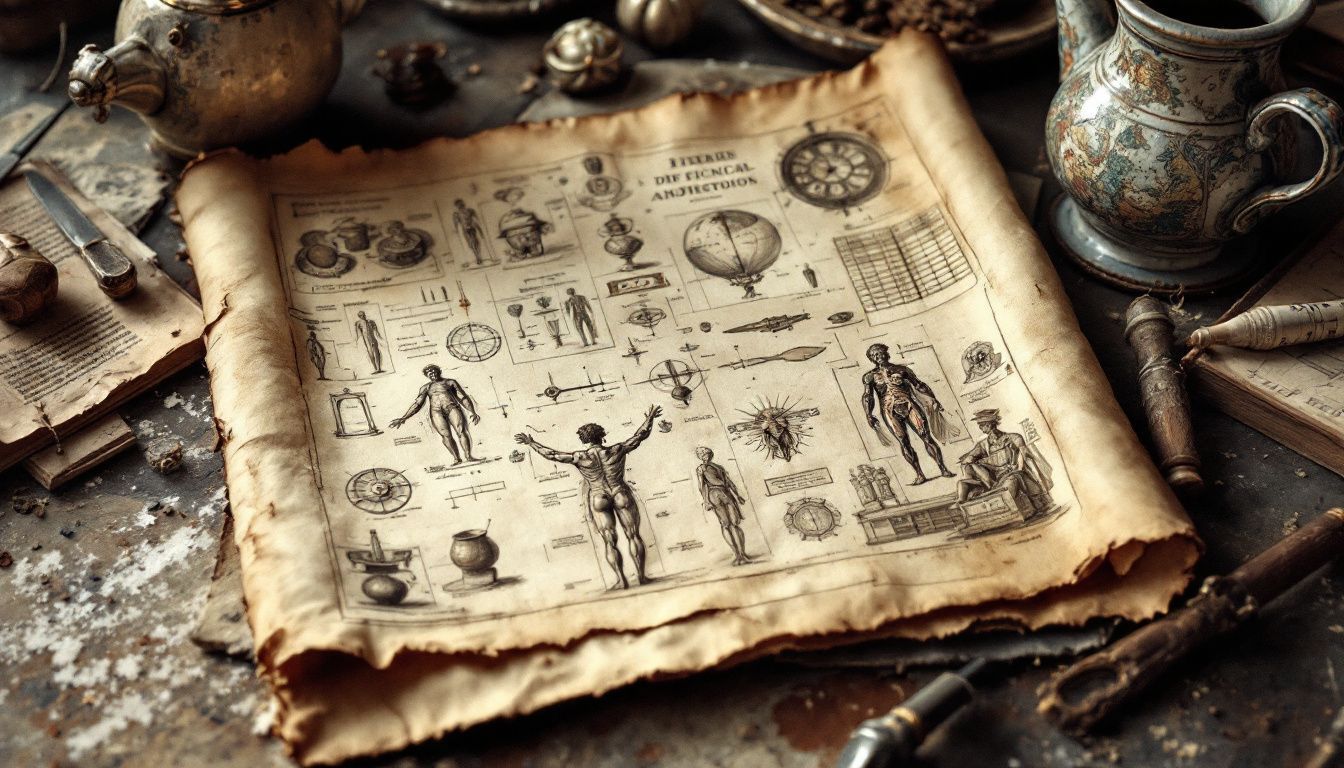
The Italian Renaissance Period thrived because of remarkable individuals. Leonardo da Vinci inspired with his innovative ideas and diverse talents. Michelangelo created stunning sculptures and masterpieces that still captivate people today.
Raphael brought harmony to his art, earning acclaim as a master painter of the High Renaissance. The Medici family played a vital role by supporting artists and thinkers, fostering creativity across Florence.
Leonardo da Vinci: Innovator and Icon
Leonardo da Vinci stands as one of the most influential thinkers of the Italian Renaissance. His innovative ideas crossed many fields, including art, science, and engineering. Da Vinci created iconic works like “The Last Supper” and “Mona Lisa,” which showcase his mastery of painting techniques.
He also explored anatomy and mechanics, laying foundations for modern science.
His curiosity drove him to study nature closely. Through observations and sketches, he recorded everything from human anatomy to flying machines. This blend of artistry and scientific inquiry makes him a true innovator of his time.
The influence of Leonardo’s genius can still be seen today in how we appreciate art and science together. Next, we will explore Michelangelo: Sculptor and Painter.
Michelangelo: Sculptor and Painter
Michelangelo Buonarroti transformed art during the Italian Renaissance Period. He excelled as both a sculptor and painter, leaving behind iconic masterpieces. His work on the Sistine Chapel‘s ceiling showcases his incredible talent for fresco painting.
The Last Judgment is another significant piece located within the chapel.
His sculptures, such as David and Pietà, demonstrate deep emotion and technical skill. Michelangelo’s innovative approach influenced countless artists after him. People still admire his work today in places like St.
Peter’s Basilica and Palazzo della Cancelleria. His legacy remains vital to understanding Renaissance art and culture.
Raphael: Master of the High Renaissance
Raphael, a key figure in the Italian Renaissance, showcased his artistic genius through painting and architecture. Born in 1483, he studied under Perugino but quickly developed his own style.
His work combined clarity of form with harmony of color. Raphael’s art exemplified beauty and grace, setting high standards for future artists.
One of his most famous works is “The School of Athens,” located in the Vatican. This fresco captures great philosophers like Plato and Aristotle engaged in debate. Many consider it one of the greatest masterpieces from the High Italian Renaissance period.
Furthermore, Raphael created iconic portraits and religious scenes that appealed to both common people and church leaders.
His influence extended beyond Italy as he shaped future generations of artists. Prominent figures such as Giorgio Vasari admired him greatly. The legacy he left continues to inspire modern artists today.
Understanding Raphael’s contributions paves the way for exploring other influential figures from this vibrant era.
The Medici Family: Patrons of the Arts
The Medici family played a crucial role in the Italian Renaissance Period. They were prominent bankers and rulers of Florence. Their wealth allowed them to support many artists, architects, and thinkers.
This patronage turned Florence into a hub for creativity and innovation.
Lorenzo de’ Medici, known as “the Magnificent,” was especially influential. He gathered brilliant minds like Michelangelo and Leonardo da Vinci around him. Under his guidance, art flourished in ways that shaped Western culture forever.
The family’s contributions also extended to architecture; they commissioned stunning buildings like the Basilica di San Lorenzo.
Their legacy remains evident today through countless works of art. Museums across Italy hold masterpieces funded by the Medici’s generosity. The Uffizi Gallery showcases famous paintings by Sandro Botticelli and Andrea Mantegna that reflect their influence on Renaissance painting.
Legacy of Renaissance Thought and Philosophy
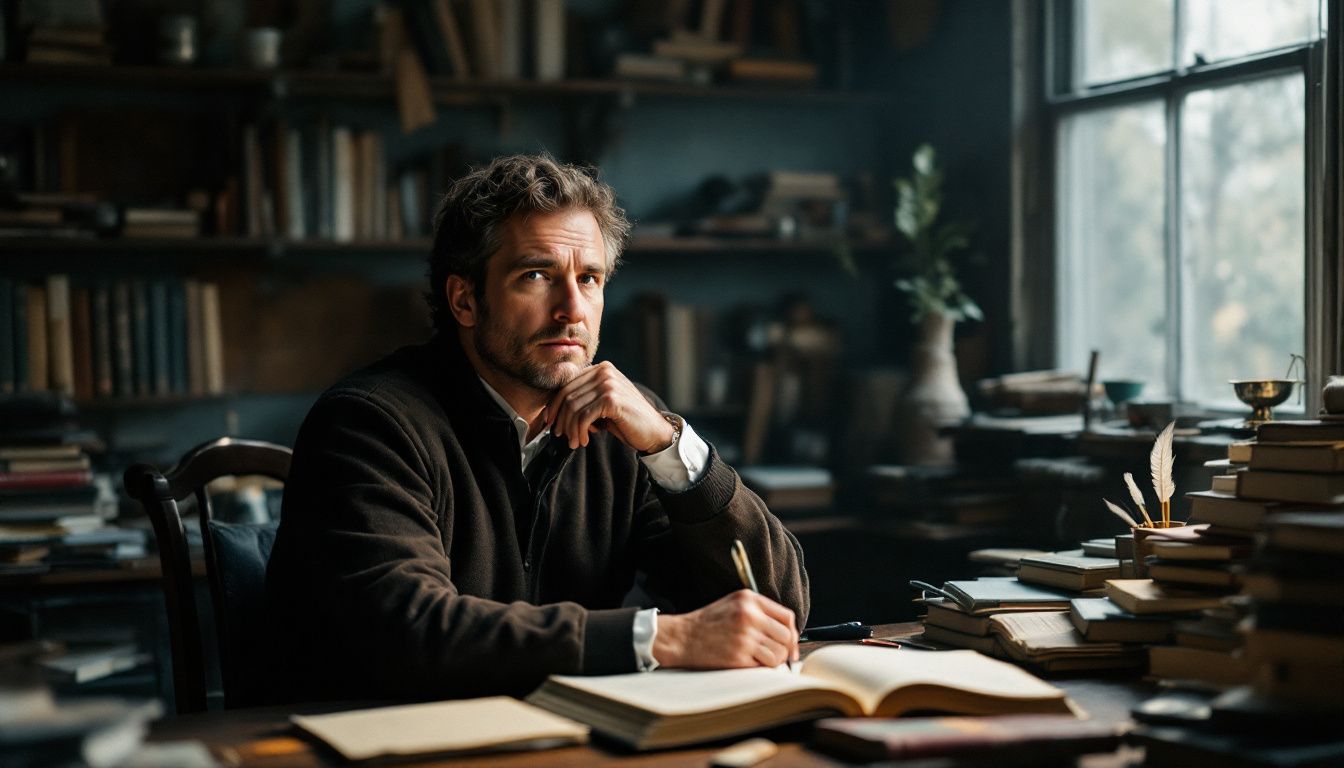
Renaissance thinkers sparked a new way of understanding humanity. They focused on humanism and drew inspiration from the classics, shifting priorities in art, science, and philosophy.
Humanism: A New Way of Thinking
Humanism emerged as a transformative philosophy during the Italian Renaissance. This movement emphasized human potential and achievements, moving away from strict religious dogmas.
Thinkers like Francesco Petrarca and Giovanni Pico della Mirandola championed this new way of thinking. They encouraged a focus on classical ideas and embraced the study of ancient texts, known as “studia humanitatis.” This shift laid the groundwork for developments in literature, science, and art.
The influence of humanism extended across various fields, including Renaissance science. Scholars like Galileo Galilei built on classical knowledge to push boundaries in understanding the natural world.
Humanists believed in education rooted in classics and sought to balance faith with reason. Their ideas shaped culture during this vibrant period and continue to impact society today.
Impact on Modern Science and Culture
The ideas from the Italian Renaissance Period shaped modern science and culture deeply. Scholars like Marsilio Ficino expanded on Neoplatonic thought. Their work inspired future thinkers to pursue knowledge beyond traditional boundaries.
The emphasis on humanism encouraged people to value individual experience and reasoning.
Artists such as Leonardo da Vinci paved the way for scientific inquiry through their art. Da Vinci combined observation with creativity, laying foundations for disciplines like anatomy and engineering.
His studies influenced many areas of science, illustrating how interconnected art and science can be.
Renaissance philosophy impacted Western civilization significantly. Concepts from “Oration on the Dignity of Man” changed views about human potential. People began to see themselves as capable of great achievements rather than mere subjects of religious fate.
This shift in thinking fostered advancements in various fields, including literature, which emphasized personal narrative and exploration of human emotions.
Preserving the Legacy
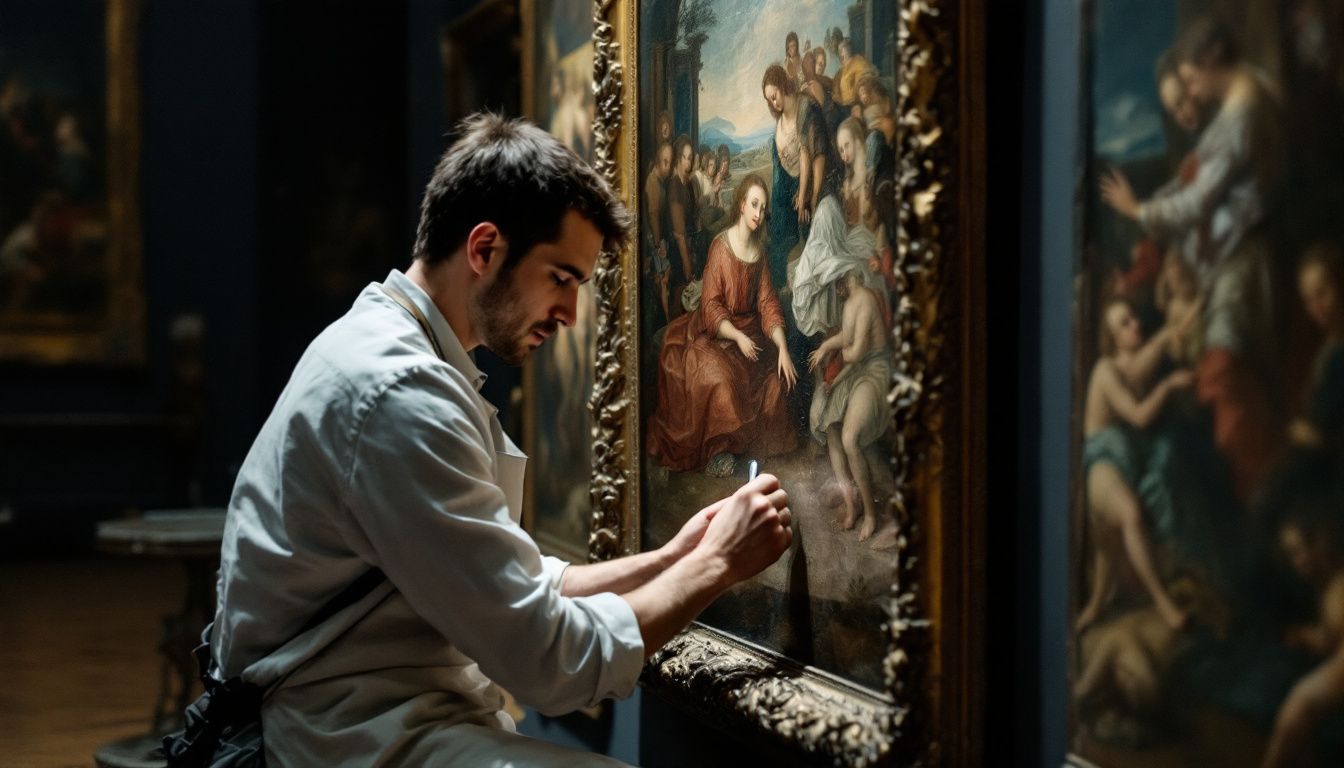
Museums and collections play a vital role in preserving Renaissance treasures. They house artworks and artifacts that tell stories of Italy’s rich history. Restoration efforts also occur in cities like Florence and Venice, bringing the past to life for future generations.
Museums and Collections: Holding Renaissance Treasures
Italy boasts numerous museums that showcase the rich heritage of the Renaissance. These institutions hold treasures created by the masters of this influential period.
- Uffizi Gallery (Florence)
This gallery houses the finest collection of Renaissance art in the world. Visitors can admire works by Botticelli, including “The Birth of Venus,” and masterpieces from Michelangelo and Leonardo da Vinci. The Uffizi attracts millions each year, eager to experience its artistic wealth. - Vatican Museums (Rome)
The Vatican Museums feature stunning works that reflect religious themes prevalent in the Renaissance. The Sistine Chapel, with Michelangelo’s breathtaking ceiling, remains a highlight for visitors. With a rich collection, these museums demonstrate the period’s deep connection to Catholicism. - Ambrosian Library (Milan)
This library preserves an extensive collection of Renaissance texts and artworks. It holds rare manuscripts by figures like Leonardo da Vinci and features works from artists such as Raphael. Scholars and history buffs flock to this remarkable institution for insights into Renaissance thought. - Palatine Gallery (Florence)
Located within the Pitti Palace, this gallery showcases a vast array of paintings from renowned artists like Caravaggio and Titian. The Palatine Gallery emphasizes Florence’s pivotal role in the Italian Renaissance’s artistic revival. - Accademia Gallery (Florence)
Home to Michelangelo’s iconic statue of David, this gallery highlights his incredible sculpting skills. Accademia offers a glimpse into Florence’s artistic atmosphere during the Renaissance period, attracting admirers of fine art. - Museo di Capodimonte (Naples)
This museum features significant works from various periods but has an impressive collection of Renaissance art as well. Highlights include pieces by Titian and Caravaggio, showcasing their lasting impact on Western art traditions. - National Gallery (London)
Though it is not in Italy, it houses many important Italian pieces from the Renaissance era. Notable works by Raphael and Botticelli emphasize how widespread their influence has been beyond Italy’s borders. - Medici Chapels (Florence)
These chapels serve as a burial place for members of the Medici family who were avid patrons of art during the Renaissance. Visitors can view elaborate sculptures designed by Michelangelo himself while learning about the significance of this powerful family in promoting artistic expression. - Siena Cathedral (Siena)
This cathedral exhibits stunning Gothic architecture blended with elements typical of the Renaissance style. Inside, visitors can find notable frescoes painted by Domenico di Bartolo that illustrate Siena’s important role in this cultural movement. - Castello Sforzesco (Milan)
Once a fortress, now it houses several museums showcasing artworks from different epochs including valuable pieces from Leonardo da Vinci and others involved in shaping Milan’s renaissance legacy.
Each location offers unique insights into Italy’s rich creative past while preserving its cultural treasures for future generations to appreciate.
Restoration Efforts in Renaissance Cities
Restoration efforts in Renaissance cities focus on preserving their rich history and stunning architecture. These projects aim to safeguard the legacy of the Italian Renaissance for future generations.
- Florence’s Preservation Projects
Florence leads in restoration initiatives. The Cathedral of Santa Maria del Fiore stands as a prime example. Recent cleaning revealed its vibrant colors and intricate details, enhancing its historical significance. - Rome’s Iconic Sites
Rome invests heavily in restoring its art and architecture. Restoration of the Sistine Chapel carries immense cultural value. Experts use careful techniques to restore Michelangelo’s frescoes without damaging them. - Venice’s Ongoing Efforts
Venice faces unique challenges due to rising sea levels. Many restoration projects focus on protecting buildings from water damage. The Palazzo Ducale undergoes constant maintenance to maintain its structural integrity and beauty. - Milan’s Cultural Heritage
Milan highlights Leonardo da Vinci’s contributions through continuous restoration of The Last Supper mural. This effort ensures visitors can appreciate da Vinci’s genius in its original form while preserving the artwork from environmental threats. - Collaboration with Museums
Museums partner with local governments to safeguard Renaissance artifacts like those in Villa Farnesina and Palazzo Pitti. These collaborations often lead to important exhibitions that highlight restored pieces of art, attracting tourists’ interest. - Community Involvement
Local citizens frequently engage in preservation efforts through volunteer programs. Their involvement helps educate others about the importance of maintaining historical sites, encouraging community pride in heritage. - Impact on Tourism
Successful restoration works attract millions of visitors each year, benefiting local economies significantly. Tourists flock to see restored masterpieces, contributing greatly to cities like Florence and Venice.
Restoration efforts play a vital role in maintaining Italy’s artistic legacy while fostering appreciation for Renaissance contributions across Europe and beyond.
Conclusion
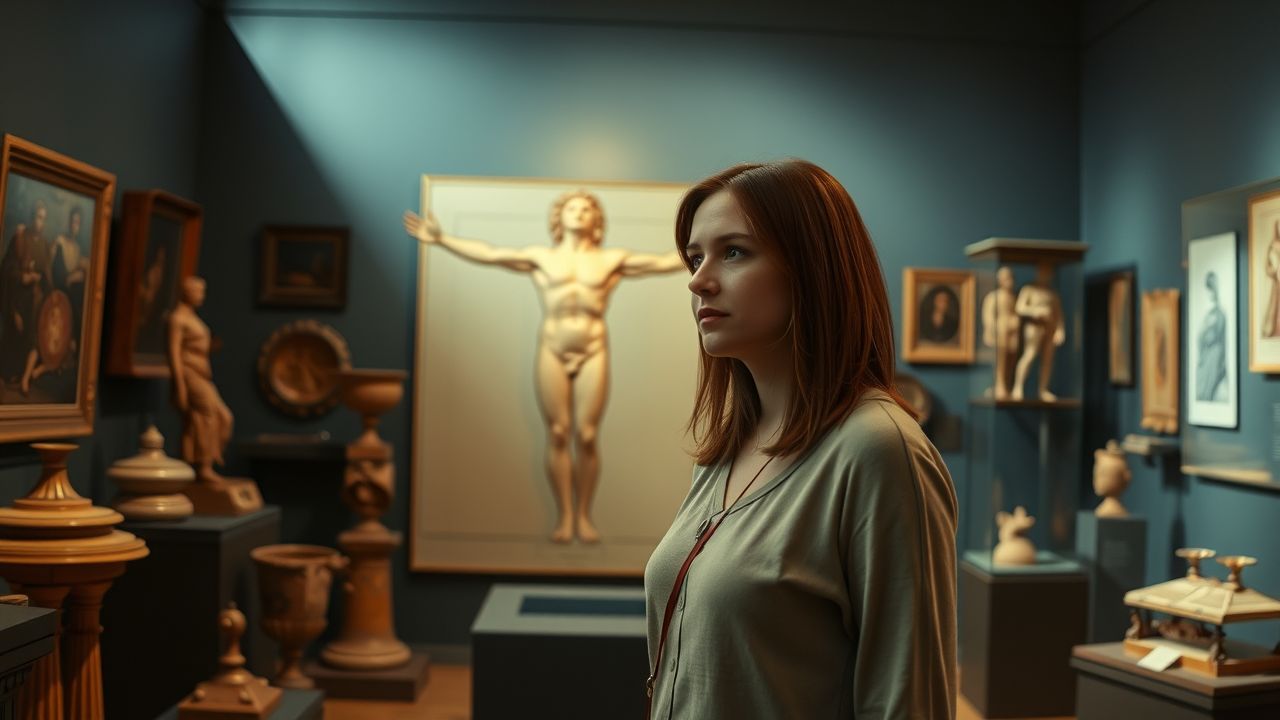 Italy’s Renaissance period shaped our world. Cities like Florence and Venice display its rich legacy. Key artworks, such as the Sistine Chapel, still inspire today. Influential figures like Leonardo da Vinci transformed art and thought.
Italy’s Renaissance period shaped our world. Cities like Florence and Venice display its rich legacy. Key artworks, such as the Sistine Chapel, still inspire today. Influential figures like Leonardo da Vinci transformed art and thought.
Explore museums and historical sites to experience this incredible era. Engage with the past and let it ignite your creativity!
FAQs
1. What is the significance of Italy’s Renaissance period?
The Italian Renaissance was a time of great cultural change and achievement, marked by advancements in art, literature, and philosophy. It produced renowned masters like Michaelangelo Buonarroti, Lorenzo Ghiberti, Piero della Francesca and Giulio Romano.
2. Where can I find the legacy of the Italian Renaissance Period?
You can see its legacy in many places such as St Peter’s Square designed by Bernini or Palazzo Pubblico with frescoes by Lorenzetti. The Cathedral in Florence houses works from Giotto while the Camera degli Sposi at Palazzo Ducale showcases Mantegna’s work.
3. Who were some influential figures during the Italian Renaissance Period?
Notable figures include Leon Battista Alberti who wrote “Della Pittura”, a treatise on painting; Coluccio Salutati known for his contributions to humanism; Manuel Chrysoloras who introduced Greek literature to Western Europe; and Cosimo Medici who patronized arts extensively.
4. How did philosophical ideas influence the Italian Renaissance Period?
Philosophical ideas played a significant role during this era through Neoplatonism and Christian Hermeticism which influenced artists’ perception of beauty and truth. Works like Corpus Hermeticum were widely studied.
5. Can you mention any lesser-known but important sites related to the Italian Renaissance Period?
Certainly! The Friary of San Marco in Florence is an excellent example where you can explore Fra Angelico’s frescoes up close or visit Ferrara that holds treasures from its Este rulers’ reign including works from Piero della Francesca.
6. Is there any connection between the Italian Renaissance Period and non-European historical figures?
Yes! Interestingly enough Mohammed Mossadegh, former Prime Minister of Iran had written extensively about connections between Shah Abbas I rule in Persia (Iran) and the Italian Renaissance Period, highlighting cultural exchanges between the two regions.
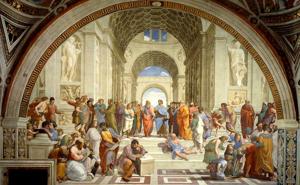
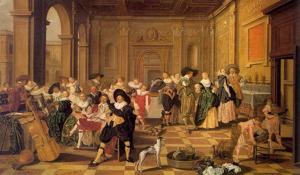
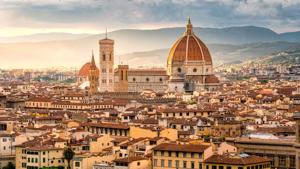
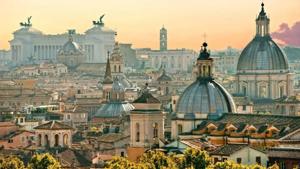
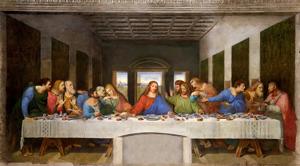


 Cart is empty
Cart is empty 





